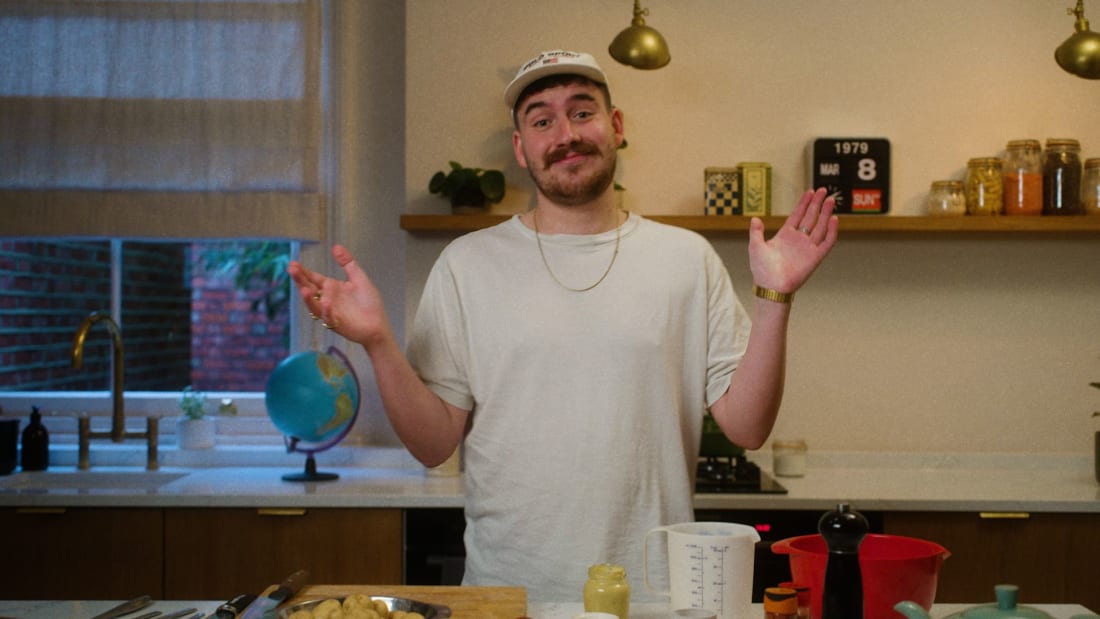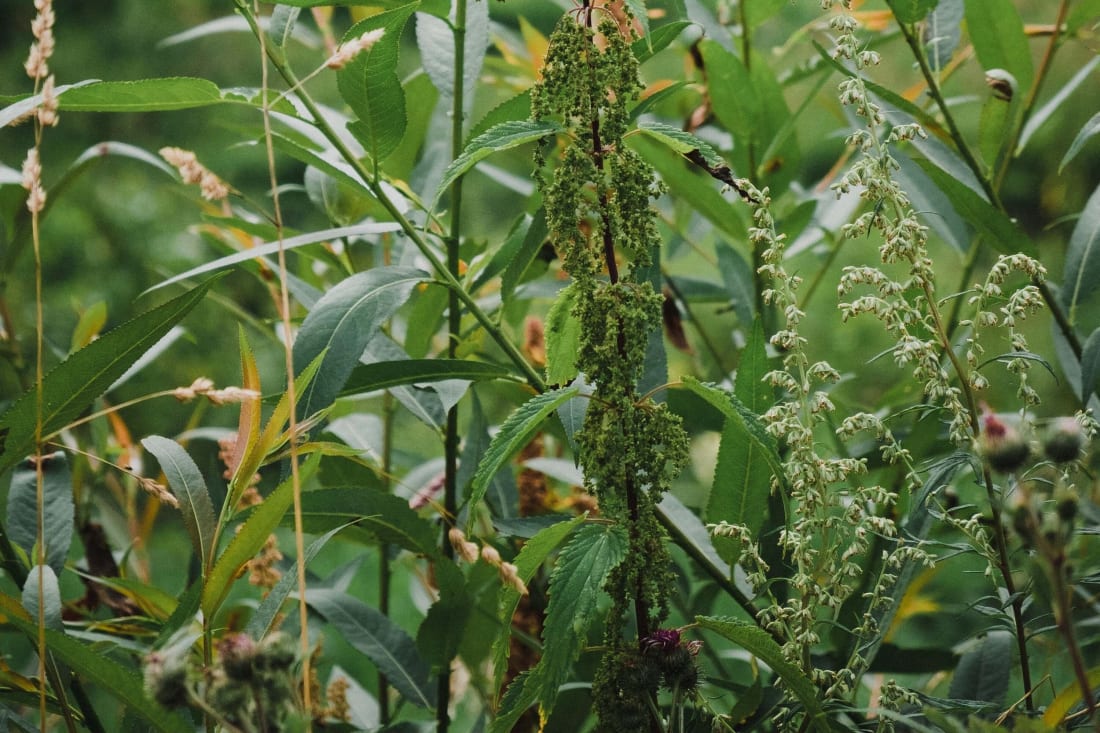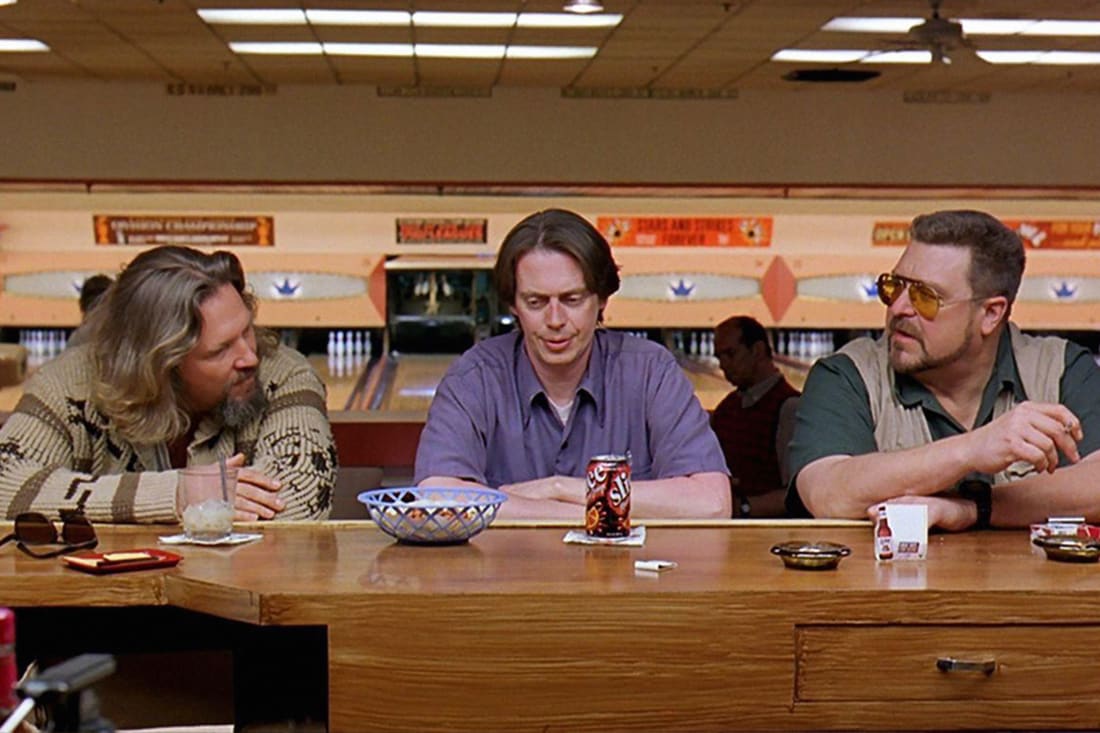Are potatos good for you?
Yes, superfoods are great, but don’t sleep on everyday heroes. Here we profile feel-good kitchen staples, starting with the humble potato
Yes, superfoods are great, but don’t sleep on everyday heroes. Here we profile feel-good kitchen staples, starting with the humble potato
In Peru and the border of Bolivia, about 10,000 years ago, humans started cultivating and eating something that would change the world. Something we call: potato. These days, it’s the most commonly grown food that isn’t a grain. There’s thousands of potato varieties, most of them because the Andean people were really really clever with trial and error. If a potato grew someone and not somewhere else, they’d just develop a different potato for that environment. They come in nice lovely colours too like red and purple. These days we only really use a couple dozen of them for everything from hot and salty Moschino- and Vain-approved McDonald’s chips to elegant-sloppy trays of creamy dauphinoise but lesser known (and far more weird and colourful) potatoes are making a comeback.
Are potatoes healthy?
The main vitamins and minerals in potato are potassium, vitamin C and niacin. Potassium is great for blood pressure, water balance, muscle contractions, cognitive function, digestion, heart rhythm and pH balance. Vitamin C is good for our immune system, cell health, and skin-brightening. Niacin is a form of vitamin b3, like niacinamide. The two have different functions: niacin is best known as being good for cardiovascular health, whereas niacinamide is used a lot for helping clear up acne, redness, hyperpigmentation, and signs of ageing. Both are present in potatoes, but there’s a bit more niacin in them.
In the more colourful potatoes, including sweet potatoes, there’s a fair bit of folate, which is good for cell health (and therefore biohacking). Potatoes are plentiful in antioxidants too, such as flavonoids, carotenoids and phenolic acids. They’re all good at neutralising free radicals. This is important, as a balance between antioxidants and free radicals is essential to prevent ‘oxidative stress’ which can trigger many health issues. Our bodies naturally produce free radicals, but we also get them from pollution and radiation, among other external factors.
Purple potatoes have as much as four times the antioxidants as white potatoes, with the purple colour is from antioxidants shared with blueberries. Sweet potatoes are high in carotene. Back in the day they were a delicacy and aphrodisiac. Shakespeare thought they were a symbol of horniness, he writes about it now and then, but they aren’t.
Part of the nightshade family, and a close relative to tomatoes and tobacco (and probably Homer Simpson’s Tomacco plant, too), potato has, in theory, a bit of a scarier edge to it. It’s best to avoid eating raw potato, or any that are sprouting a lot, for that reason. And people with diabetes may need to regulate potato consumption, But aside from that, the potato is a gluten-free starch packed with nutrition. A carbohydrate predominantly, without a lot of fat. The protein content is also low, but is of very high quality for a vegetable, and even comparable with some legumes. In short: potatoes will keep you full and energetic.
Where do potatoes come from?
The potato is a working class hero. And, despite coming from Peru, it’s a European one.
Ever noticed all the old superpower civilisations were from fairly warm places? Persia, China, Northern Africa, Turkey. That changed when the potato provided people like the British – who discovered potatoes with their colonisation of the Americas – with a reliable food source to eat through the harsher winters. Because potatoes could be planted in the warm underground, they could survive the elements far better than grains. This meant a reduction in the almost constant famines and food struggles the British had previously suffered. The potato also contributed to a rapidly growing population, especially within the working classes. This in turn allowed wealthier people in Europe to start bossing their poorer people around, and telling them to invade other places, so that they could then take over there too. All the while, native Americans were just having a peaceful time being incredible farmers.
In Europe, potatoes first hit the mainland at Antwerp, on November 28, 1567. It took a while, but by the 1800s, spuds had basically doubled the food supply in Europe. It’s why populations (especially among the working class) soared. Sadly, the Irish famine happened when a potato crop became diseased, and it was very bad. Potatoes were basically all the same then, in Ireland, too. So if a disease hit a crop, they all suffered. At the time, many Irish peoples’ only solid food was spuds, there is large claim that Ireland’s other produce (which included beans, salmon, oysters, lard, honey and the surviving potatoes), were exported over to England, even during the famine. Sinead O’Conner once wrote a song about it.
What was Europe doing with potatoes for nearly 250 years? When they first hit Europe, potatoes, and the toxic leaves they eventually sprout were mainly used as decorative plants. Then potatoes became animal food, occasionally eaten as a last resort. Why didn’t they eat potatoes? Well, it is technically poisonous so people were scared (cooking them removes a lot of the toxicity). They’re also not in the Bible, which put off a fair few people. That is why it has sometimes been called “the devil’s apple” which is not much like the French for potato: Apple of the earth. Plus, they taste horrible raw, so it took a bit of time to get the courage to cook them, though explorers knew native Americans cooked them, which is why England and Spain (who had visited America) were among the first countries to eat spuds properly in Europe.
Oh, and they call chips French fries in the USA because Thomas Jefferson, third President of the United States, first ate fried potato in France.
What are other uses for potatoes?
That aside, remember us saying there’s a lot of vitamin c in raw potato, but a lot leaves it when it is cooked? Well, that is why many people use raw potato for skincare purposes instead. Vitamin C is a brightening agent in the skincare world, and articles and YouTube videos have suggested putting potatoes on armpits and faces. If you’re going to avoid using it on your eyes, as it could be a bit too harsh for them. But also, we wouldn’t recommend doing this in general.
There’s no scientific evidence for the beauty properties of the potato and as many as 10% of people are allergic to raw potatoes, according to a study of 2000 people in 2017. Symptoms range from nasal congestion through to more serious skin redness, itching, and breathing difficulties. Thankfully, most people aren’t allergic to cooked potato, which is because heat breaks down the protein - patatin - that is commonly causing the allergic reaction.
If you’ve handled raw potato and not felt great, that could be an indication. If you’re not sure, perhaps do a small patch test. Generally this would mean putting a small bit of potato juice, or raw potato on a part of your skin that is generally not exposed, and seeing how you get on across the next 24 hours. However, turmeric, green tea, and tea tree oil are more widely used skincare products for brightening skin and reducing acne and scarring.
What are some great potato recipes?
The purest potato is baked, with the skin on. But even if you’re making a ridiculous mash full of cream, you can serve it with crispy potato skin. Why? Skin is king. Dried potato skins are over 50 percent fibre, and contain ‘resistant starch’ which is a fibre that helps to feed the microbiome in your gut, keeping your digestive health, healthy.
But hey, how do you eat potatoes for the most part? The fluffy bit? Cheesy chips, roast potatoes, mashed potatoes, dauphinoise (fancy), wedges, waffles, smiley faces. On top of a cottage pie, on the side of the pie. We forgot snacks! Crisps, we needn’t say more.
And the king of chips? Heavily debated, but certainly the most elaborate is the triple cooked chip. “So good they cooked it thrice” is an unofficial slogan we just made up, but hey, it’s true.
Samseats has a video of him making the goods, you can see it below. They’re easy enough despite sounding like a lot of work, well worth a go. Crispy crispy outside, soft soft inside. Perfect.
- peel the potatoes into fairly thick batons
- rinse them in cold water
- simmer them in fresh water until they’re slightly soft (10-15 minutes)
- Dry them on a cooling rack, before putting in the fridge for half an hour
- Lightly fry them in oil until they are just forming a bit of a crispy edge
- Remove them from the oil then pat them dry
- Put them in a freezer for at least an hour. This gets rid of excess moisture and is how you get them super crispy.
- Then you finish off by deep-frying them, shouldn’t take more than seven minutes.
If you’re deep-frying, be cautious of causing a fire. Ideally use an induction or ceramic hob, as opposed to gas, just because it’s safer. But if you’re using a gas hob, make sure the pan is only half full with oil.
Use a thermometer to make sure you’re keeping the temperature under 190 degrees celsius (for these it only needs to be 180 at most). Use oil with a high smoking point, like sunflower oil, as opposed to olive oil. And also keep water well away if anything does go wrong, and turn off the hob. Oxygen can kill off any fires, so use a pan which has a lid that fits on top. You could also just put potato waffles in the toaster, it cooks them a dream. Set it to medium/high, and toast for two cycles. Nice.
If you'd rather leave the cooking to someone else...
and happen to be near a Dishoom (you'll find them across London, and there's one in each of Manchester, Birmingham, and Edinburgh) we recommend ordering a vada pau or five. The side dish at £5.50 is a sort of hot deep-fried potato dumpling)served with "crunchy tidbits and chutneys, tucked inside a soft home-made bun" and a garnish of red masala on the side. They're vegetarian. In Mumbai you'll typically find them as a street food. What we love about Dishoom's vada pau (which you might see elsewhere spelled vada pav or wada pao) is the contrasts. What does that mean? Well, the soft bun and the crispy potato are really satisfying to bite into (aided by the "crunchy tidbits"). Then you also have these nice buttery potato flavours, but you also have fresh spices and herbs cutting through it. The whole thing is very very moreish.



